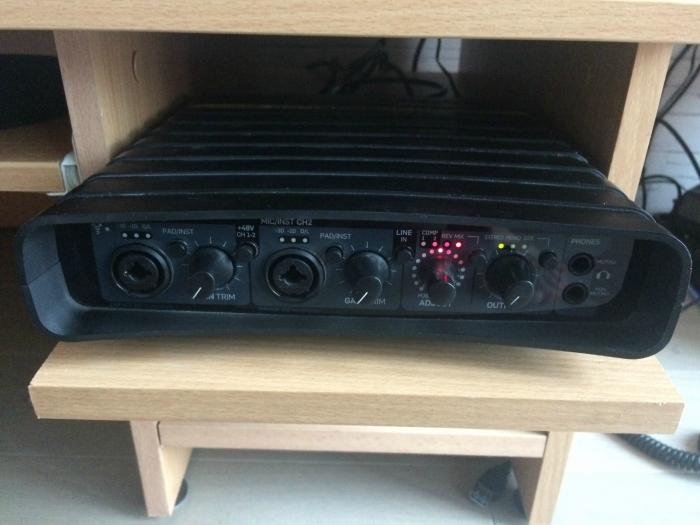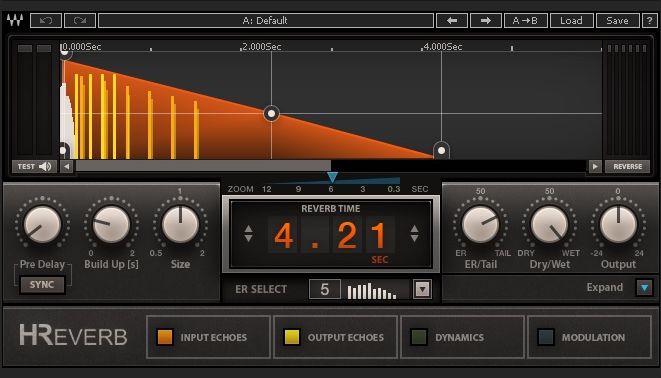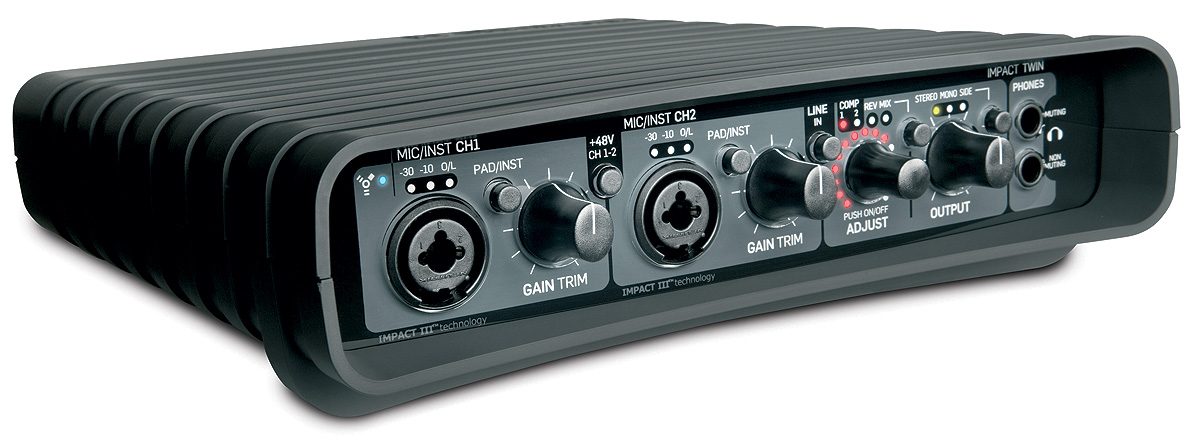
JetPLL jitter reduction – Everybody talks about analog sound quality, but what about digital? With built-in JetPLL jitter reduction technology, Impact Twin ensures superb audio quality all the way through the device.Quick compressor access and feedback – Access the crucial compressor setting directly from Impact Twin’s front panel – the light ring instantly shows gain reduction.

The Assimilator EQ curve assimilation tool lets you quickly grab an EQ curve from any sound and apply it to your own. The multi-purpose ResFilter provides ultra-fat filter sound. The M40 Studio Reverb is based on an algorithm from our acclaimed Reverb 4000 processor. Included plug-ins (M40 reverb, ResFilter, Assimilator) – Impact Twin comes bundled with pristine TC effects processing.iCheck – The iCheck (Integrity Check) feature provides a shortcut for revealing artifacts of data reduction – essential when encoding mp3 or AAC files.Direct Monitor Reverb – A simple way to add reverb at the monitor stage so the singer can enjoy quality reverb through their headphones.Hi-Z Guitar optimised inputs – Ensure the tone of your guitars is beautifully preserved with two front-panel mounted Hi-Z guitar-optimised inputs.Channel Tools – Quickly and easily optimise the tone of your recordings with Impact Twin’s built-in channel tools.Two mic preamps featuring IMPACT IIIâ„¢ Technology – With these two pristine mic preamps you never have to worry about recording quality again.Here’s Dweezil Zappa explaining it better than I can: The de‑esser works in a similar way, following the compressor 'style', and seems fairly forgiving - though I must admit that I find it hard to make my own voice generate much sibilance, so I couldn't give it a really tough test.

There is a safety limiter with yellow warning LED in the compressor section, but that's no reason to get sloppy with your level setting! A small triangle on the input meter indicates an optimal working level and if you stick to this, the compressor gain changes should be much less.

There's no make‑up gain control as such, so you need to keep an eye on your DAW input level as you make adjustments. Depending on how you set the input level, the output level can increase significantly as you turn up the compression, which actually regulates multiple parameters, including threshold and gain. The preset styles are very effective - you can get very obvious compression if you push it, but at sensible settings it has a very classy sound. I rarely compress while recording, as the dynamic range of today's systems means there's really no need, but I tried the on‑board compressor and found that at gain reductions up to 6dB or so, it actually sounded very transparent.


 0 kommentar(er)
0 kommentar(er)
